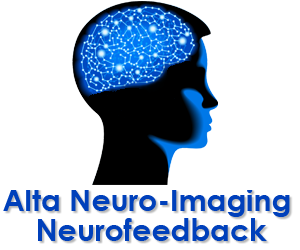There are many different ways in which the underlying neurology, or physiological causes of ADHD can be described. There are many good articles that delve into the underlying neurological structures involved in this disorder, or that discuss the role of various neurotransmitters and receptor sites. However, I feel that the way we all can best relate to the causes of ADHD is to think of it in terms of inter-related functions of the brain. Or, put another way, discussing how the brain goes about doing certain things, and where ADHD interferes with that.
The first or “gateway” function of the brain, from moment to moment, is to monitor our surroundings. That is how it keeps us safe. Our senses detect characteristics of our environment (touch, taste, smell, sound, and sight) and brings them into our brain. This is called sensory function. From there, our brain processes or identifies theses sensory inputs. This is called sensory processing and it is how we know what is going on around us.
Once our brain knows what is happening around or to us- whether it is the numbers on a page, the words someone is saying, or a movement we detect, etc.- another set of functions begins. These functions are “executive” functions, in which our brain decides first, which of all the things it is aware of, both externally (sensory processing) and internally (memory, emotion, analyzing, etc.) is the most important at the moment. Secondly, the brain will then minimize our awareness of the non-important things and maximize our awareness of the non-important things and maximize our awareness of the most important thing. Essentially, this is how we focus or pay attention.
ADHD interferes with this process in a critical way. As we have seen, the process of paying attention involves several functions. The “executive” functions cannot take place until sensory processing or identification has taken place. With the inattentive form of ADHD, there is a delay in sensory processing. This delay is in terms of milliseconds; however, it is signficant enough that it, in turn, delays the executive functions. This delay in deciding which “thing” in the environment is the most important causes the brain (in order to “keep us safe”) to spread our attention across a number of things. Unfortunately, this results in a deficit of attention on the things we should be attending to.
Many parents avoid testing for and/or treating ADHD because they fear what they think are the unavoidable side effects and rigors of medication. By utilizing a treatment called neurofeedback, a child or adult can re-teach the sensory functions of the brain, including processing, to ameliorate the disorder. Neurofeedback is a painless and effective process, where there is no side effects and no maintainance or re-training is needed after treatment is completed. It allows for focus, task completion, organization, and a variety of other symptoms to be controlled and become the way they should be. Please feel free to contact Alta Neuro-Imaging for additional information in regards to neurofeedback, or to set up a consultation with Dr. Ferrari at his Orange County facility.



